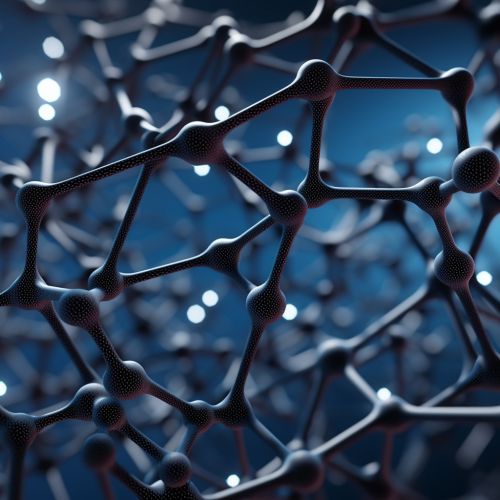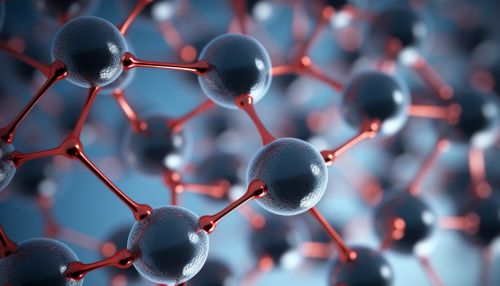Organic compound
Introduction
An organic compound is a type of chemical compound that contains carbon atoms. Carbon atoms are unique in their ability to form stable bonds with many elements, including themselves. This allows them to form a vast variety of complex and diverse structures. Organic compounds are the basis of all life on Earth, making up the cells and tissues of living organisms, as well as many of the materials they produce.


Structure of Organic Compounds
Organic compounds are characterized by the presence of carbon atoms, which can form four covalent bonds with other atoms. This tetravalency of carbon allows it to form strong, stable bonds with a variety of elements, including hydrogen, oxygen, nitrogen, sulfur, and phosphorus, among others. These elements, along with carbon, are the principal components of the most important classes of organic compounds—such as carbohydrates, proteins, and nucleic acids.
The structure of an organic compound is determined by the arrangement of its carbon skeleton and the atoms attached to it. The carbon skeleton can be a chain of carbon atoms, a ring, or a combination of both. The atoms or groups of atoms attached to the carbon skeleton, known as functional groups, determine the properties of the organic compound.
Classification of Organic Compounds
Organic compounds can be classified in several ways, including their structure, functional groups, and the type of reactions they undergo.
Based on Structure
Organic compounds can be classified as acyclic or cyclic based on their structure. Acyclic compounds, also known as open-chain compounds, have a structure that is not cyclic, while cyclic compounds have one or more rings of atoms in their structure.
Based on Functional Groups
Organic compounds can also be classified based on the functional groups they contain. A functional group is a specific group of atoms within a molecule that is responsible for the characteristic chemical reactions of that molecule. Examples of functional groups include hydroxyl groups (-OH), carbonyl groups (C=O), and amino groups (-NH2).
Based on Reactions
Organic compounds can also be classified based on the type of reactions they undergo. For example, compounds that undergo addition reactions are classified as unsaturated compounds, while those that do not are classified as saturated compounds.
Properties of Organic Compounds
The properties of organic compounds are largely determined by the functional groups they contain. These groups, as part of the organic molecule, influence the behavior of the molecule in chemical reactions. Some of the key properties influenced by functional groups include acidity or basicity, polarity, and reactivity.
Acidity and Basicity
The acidity or basicity of an organic compound is determined by the presence of certain functional groups. For example, organic compounds containing carboxylic acid groups (-COOH) are typically acidic, while those with amino groups (-NH2) are usually basic.
Polarity
The polarity of an organic compound is influenced by the electronegativity of the atoms in its functional groups. For example, compounds containing carbonyl groups (C=O) or hydroxyl groups (-OH) are typically polar because oxygen is more electronegative than carbon or hydrogen.
Reactivity
The reactivity of an organic compound is also determined by its functional groups. For example, compounds containing carbonyl groups (C=O) are often highly reactive, undergoing a variety of reactions such as reduction, oxidation, and nucleophilic addition.
Organic Chemistry
Organic chemistry is the branch of chemistry that studies organic compounds and their reactions. It involves the study of the structure, properties, composition, reactions, and synthesis of organic compounds.
Organic chemistry has a wide range of applications in fields such as pharmaceuticals, polymers, dyes, and many more. It is a highly creative science, where chemists use new and innovative ways to create compounds for new drugs, plastics, and other synthetic materials.
